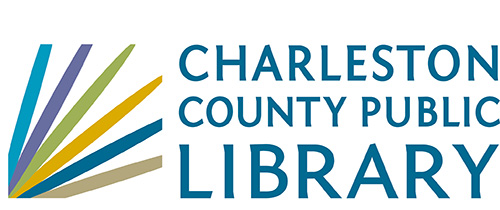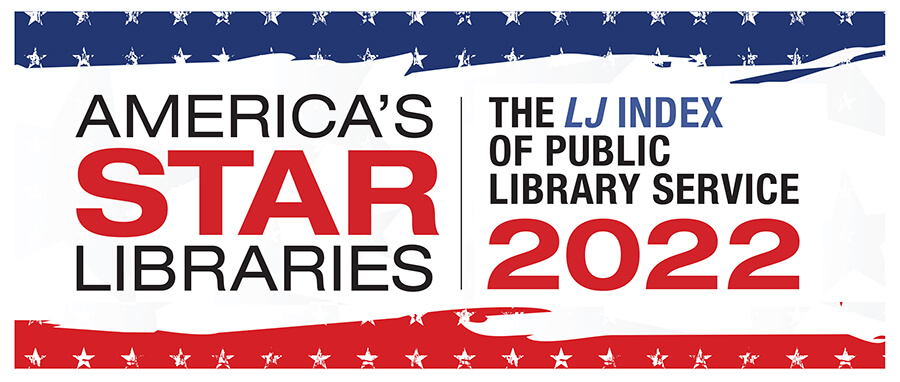Menu
×
West Ashley Library
9 a.m. - 7 p.m.
Phone: (843) 766-6635
Folly Beach Library
9 a.m. - 5:30 p.m.
Phone: (843) 588-2001
Edgar Allan Poe/Sullivan's Island Library
Closed for renovations
Phone: (843) 883-3914
Wando Mount Pleasant Library
9 a.m. - 8 p.m.
Phone: (843) 805-6888
Village Library
9 a.m. - 6 p.m.
Phone: (843) 884-9741
St. Paul's/Hollywood Library
9 a.m. - 8 p.m.
Phone: (843) 889-3300
Otranto Road Library
9 a.m. - 8 p.m.
Phone: (843) 572-4094
Mt. Pleasant Library
9 a.m. - 8 p.m.
Phone: (843) 849-6161
McClellanville Library
9 a.m. - 6 p.m.
Phone: (843) 887-3699
Keith Summey North Charleston Library
9 a.m. - 8 p.m.
Phone: (843) 744-2489
John's Island Library
9 a.m. - 8 p.m.
Phone: (843) 559-1945
Hurd/St. Andrews Library
9 a.m. - 8 p.m.
Phone: (843) 766-2546
Miss Jane's Building (Edisto Library Temporary Location)
9 a.m. - 4 p.m.
Phone: (843) 869-2355
Dorchester Road Library
9 a.m. - 8 p.m.
Phone: (843) 552-6466
John L. Dart Library
9 a.m. - 7 p.m.
Phone: (843) 722-7550
Baxter-Patrick James Island
9 a.m. - 8 p.m.
Phone: (843) 795-6679
Main Library
9 a.m. - 8 p.m.
Phone: (843) 805-6930
Bees Ferry West Ashley Library
9 a.m. - 8 p.m.
Phone: (843) 805-6892
Mobile Library
9 a.m. - 5 p.m.
Phone: (843) 805-6909
Today's Hours
West Ashley Library
9 a.m. - 7 p.m.
Phone: (843) 766-6635
Folly Beach Library
9 a.m. - 5:30 p.m.
Phone: (843) 588-2001
Edgar Allan Poe/Sullivan's Island Library
Closed for renovations
Phone: (843) 883-3914
Wando Mount Pleasant Library
9 a.m. - 8 p.m.
Phone: (843) 805-6888
Village Library
9 a.m. - 6 p.m.
Phone: (843) 884-9741
St. Paul's/Hollywood Library
9 a.m. - 8 p.m.
Phone: (843) 889-3300
Otranto Road Library
9 a.m. - 8 p.m.
Phone: (843) 572-4094
Mt. Pleasant Library
9 a.m. - 8 p.m.
Phone: (843) 849-6161
McClellanville Library
9 a.m. - 6 p.m.
Phone: (843) 887-3699
Keith Summey North Charleston Library
9 a.m. - 8 p.m.
Phone: (843) 744-2489
John's Island Library
9 a.m. - 8 p.m.
Phone: (843) 559-1945
Hurd/St. Andrews Library
9 a.m. - 8 p.m.
Phone: (843) 766-2546
Miss Jane's Building (Edisto Library Temporary Location)
9 a.m. - 4 p.m.
Phone: (843) 869-2355
Dorchester Road Library
9 a.m. - 8 p.m.
Phone: (843) 552-6466
John L. Dart Library
9 a.m. - 7 p.m.
Phone: (843) 722-7550
Baxter-Patrick James Island
9 a.m. - 8 p.m.
Phone: (843) 795-6679
Main Library
9 a.m. - 8 p.m.
Phone: (843) 805-6930
Bees Ferry West Ashley Library
9 a.m. - 8 p.m.
Phone: (843) 805-6892
Mobile Library
9 a.m. - 5 p.m.
Phone: (843) 805-6909
Patron Login
menu
Item request has been placed!
×
Item request cannot be made.
×
 Processing Request
Processing Request
Zoom Engagement of Pre-Service Teachers during Emergency Remote Classes
Item request has been placed!
×
Item request cannot be made.
×
 Processing Request
Processing Request
- Author(s): Quiamco, Ma. Shandy (ORCID
Quiamco, Ma. Shandy (ORCID 0000-0002-4065-3271 ); Abocado, Shaina Mae (ORCIDAbocado, Shaina Mae (ORCID 0000-0002-2231-3249 ); Toquero, Cathy Mae (ORCIDToquero, Cathy Mae (ORCID 0000-0002-6044-6771 )- Language:
English- Source:
Asian Journal of Distance Education. 2022 17(2):19-46.- Publication Date:
2022- Document Type:
Journal Articles
Reports - Research - Language:
- Additional Information
- Availability: Asian Society of Open and Distance Education. 80-4 Minou Yamamoto Machi, Kurume City, Fukuoka, 839-0826, Japan. e-mail: [email protected]; Web site: http://asianjde.com/ojs/index.php/AsianJDE
- Peer Reviewed: Y
- Source: 28
- Education Level: Higher Education
Postsecondary Education - Subject Terms: Preservice Teachers; Emergency Programs; COVID-19; Pandemics; Electronic Learning; Distance Education; Learner Engagement; Cognitive Processes; Emotional Experience; Student Behavior; Student Attitudes; Preferences; In Person Learning; Cooperative Learning; Interaction; Access to Computers; Computer Mediated Communication; Rewards; Barriers; Foreign Countries
- Subject Terms:
- ISSN: 1347-9008
- Abstract: Emergency Remote Learning presented unplanned and unexpected educational paradigms from traditional to remote classes that occur due to the COVID-19 outbreak in various countries. Zoom platform served as an emergency solution, providing a potentially safe environment for learning. Students adjusted to the new mode of teaching and learning process since the beginning of the pandemic. This study aimed to determine the pre-service teachers' perceptions of their experiences in utilizing Zoom technology to enhance their engagement (cognitive, emotional and behavioral) during emergency remote classes. Following a cross-sectional survey design, pre-service teachers enrolled in a state university (N=242) were randomly selected into strata to answer a Likert type created questionnaire with two open-ended questions. Descriptive statistics was used for the quantitative data, while content analysis was adapted in the qualitative portion of the survey. Findings revealed that Zoom Technology is an viable tool during students' engagement in emergency remote classes. However, preservice teachers prefer face-to-face classes than online classes with the use of video conferencing tools such as Zoom. Qualitative analysis revealed the following rewards of Zoom into three categories: collaborative student interaction, online flexibility and adaptability, and performance reliability. However, some drawbacks in utilizing Zoom included: connectivity status, complexity in features, and online health struggles. Based on the results, this study serves as a basis for instructors, pre-service teachers, course designers, and academicians to provide the most suitable online learning platforms. It is recommended that instructors create various course learning activities, such as using performance-based tasks which may include online debates or other oral communication activities to foster student engagement.
- Abstract: As Provided
- Publication Date: 2023
- Accession Number: EJ1373933
- Availability:
Contact CCPL
Copyright 2022 Charleston County Public Library Powered By EBSCO Stacks 3.3.0 [350.3] | Staff Login


No Comments.